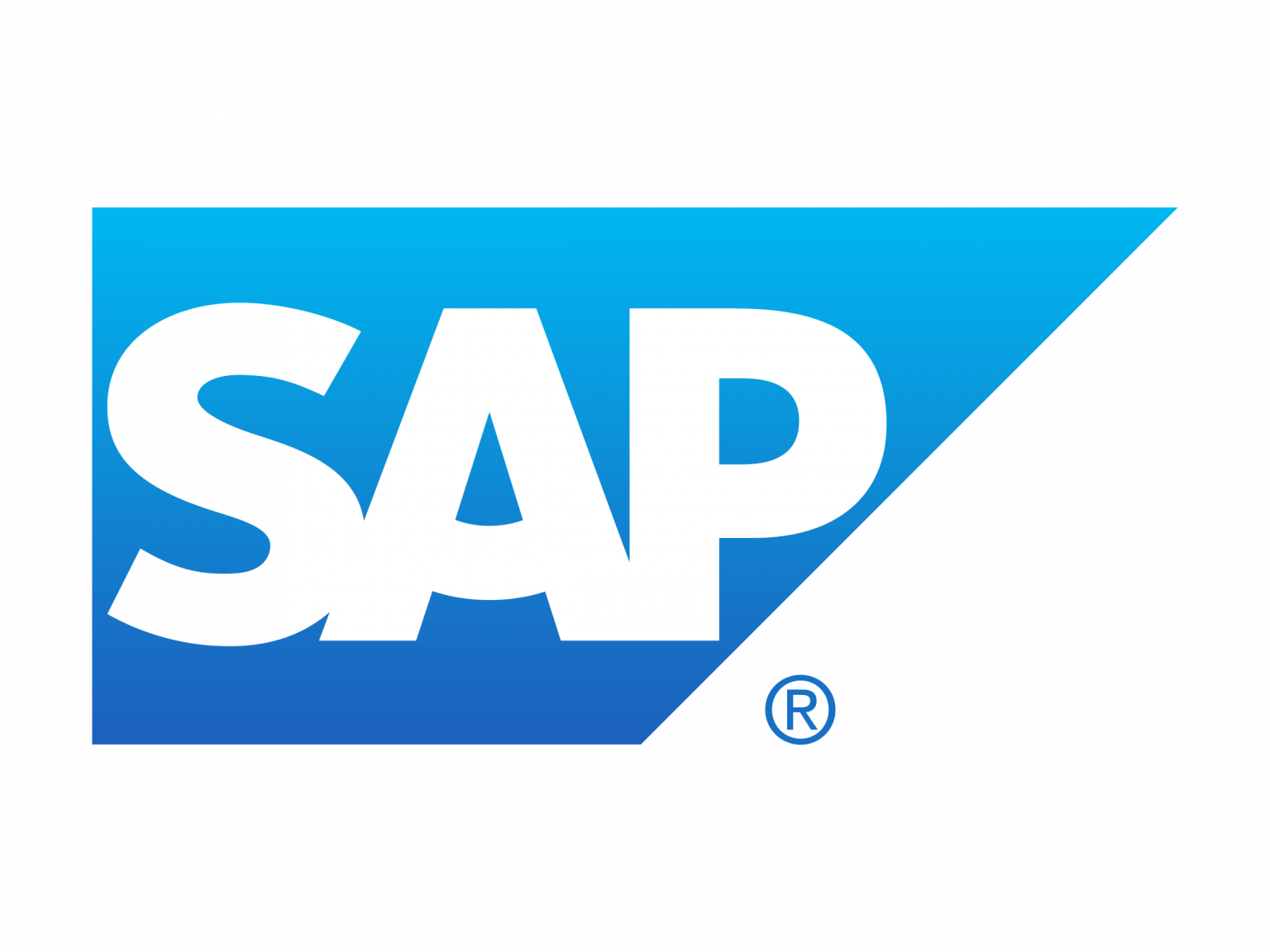Frequently read in Commerce.
Adobe Commerce was built on Magento and thus has a long history and widespread use in the market. The open-source version of the platform continues to exist under the name Magento 2. The managed enterprise version of Magento is now part of the Adobe Experience Cloud and can be combined with the various Adobe services.
BigCommerce is an Open SaaS e-commerce platform for B2B and B2C retailers. Founded in 2009 in Sydney, Australia, BigCommerce is currently headquartered in Austin, Texas, USA. As of August 2020, BigCommerce is a NASDAQ-listed company. BigCommerce offers four pricing plans; Standard, Plus, Pro, and Enterprise. In order to fully assess its capabilities, this evaluation is based on their Enterprise plan.

Intershop’s commerce platform is suited to B2B, B2C and B2X business models alike with its omnichannel commerce solutions. Intershop serves more than 300 large and medium-sized companies worldwide, with Deutsche Telekom, Staples, HP, and BMW among their customers. The majority of Intershop’s customers are based in Europe, but they also serve companies in the USA and Asia Pacific region (mainly Australia).
Salesforce offers companies feature-packed solutions with a focus on powerful AI. While they offer a comprehensive e-commerce solution with their Commerce Cloud, they still have some catching up to do when it comes to some of the interfaces. For example, microservices are being introduced, but are not yet ubiquitous.

SAP Commerce Cloud, formerly known as SAP Hybris Commerce, is the latest e-commerce solution of the German software giant SAP. SAP Commerce Cloud was built mainly for large enterprises with advanced B2B, B2C, and B2B2C use cases. It has a large global customer base, and can be used to build end-to-end omnichannel commerce experiences.

When Shopify first launched, it was the first e-commerce solution designed for small and medium-sized businesses. Since then, it has become one of the largest e-commerce platforms overall and has expanded to offer an enterprise solution known as Shopify Plus. Shopify Plus serves companies with high sales volumes and a need for more customization and multi-channel sales. Although the company is a market leader and certainly an e-commerce giant, it does have some weaknesses — in particular, the absence of microservices and the relative lack of customization options.
Spryker offers a fully modular digital commerce platform for B2B and B2C, as well as Enterprise Marketplace capabilities. Spryker was founded in 2014 in Berlin, Germany, and raised over $130 million in a Series C funding, led by Silicon Valley-based TCV in December 2020. According to Gartner®, Spryker is the fastest growing vendor in the 2021 Magic Quadrant™ for Digital Commerce.


Intershop’s commerce platform is suited to B2B, B2C and B2X business models alike with its omnichannel commerce solutions. Intershop serves more than 300 large and medium-sized companies worldwide, with Deutsche Telekom, Staples, HP, and BMW among their customers. The majority of Intershop’s customers are based in Europe, but they also serve companies in the USA and Asia Pacific region (mainly Australia).

SAP Commerce Cloud, formerly known as SAP Hybris Commerce, is the latest e-commerce solution of the German software giant SAP. SAP Commerce Cloud was built mainly for large enterprises with advanced B2B, B2C, and B2B2C use cases. It has a large global customer base, and can be used to build end-to-end omnichannel commerce experiences.
Spryker offers a fully modular digital commerce platform for B2B and B2C, as well as Enterprise Marketplace capabilities. Spryker was founded in 2014 in Berlin, Germany, and raised over $130 million in a Series C funding, led by Silicon Valley-based TCV in December 2020. According to Gartner®, Spryker is the fastest growing vendor in the 2021 Magic Quadrant™ for Digital Commerce.
Salesforce offers companies feature-packed solutions with a focus on powerful AI. While they offer a comprehensive e-commerce solution with their Commerce Cloud, they still have some catching up to do when it comes to some of the interfaces. For example, microservices are being introduced, but are not yet ubiquitous.
Adobe Commerce was built on Magento and thus has a long history and widespread use in the market. The open-source version of the platform continues to exist under the name Magento 2. The managed enterprise version of Magento is now part of the Adobe Experience Cloud and can be combined with the various Adobe services.
BigCommerce is an Open SaaS e-commerce platform for B2B and B2C retailers. Founded in 2009 in Sydney, Australia, BigCommerce is currently headquartered in Austin, Texas, USA. As of August 2020, BigCommerce is a NASDAQ-listed company. BigCommerce offers four pricing plans; Standard, Plus, Pro, and Enterprise. In order to fully assess its capabilities, this evaluation is based on their Enterprise plan.

When Shopify first launched, it was the first e-commerce solution designed for small and medium-sized businesses. Since then, it has become one of the largest e-commerce platforms overall and has expanded to offer an enterprise solution known as Shopify Plus. Shopify Plus serves companies with high sales volumes and a need for more customization and multi-channel sales. Although the company is a market leader and certainly an e-commerce giant, it does have some weaknesses — in particular, the absence of microservices and the relative lack of customization options.
All of the detailed scores.


Intershop’s commerce platform is suited to B2B, B2C and B2X business models alike with its omnichannel commerce solutions. Intershop serves more than 300 large and medium-sized companies worldwide, with Deutsche Telekom, Staples, HP, and BMW among their customers. The majority of Intershop’s customers are based in Europe, but they also serve companies in the USA and Asia Pacific region (mainly Australia).


SAP Commerce Cloud, formerly known as SAP Hybris Commerce, is the latest e-commerce solution of the German software giant SAP. SAP Commerce Cloud was built mainly for large enterprises with advanced B2B, B2C, and B2B2C use cases. It has a large global customer base, and can be used to build end-to-end omnichannel commerce experiences.

Spryker offers a fully modular digital commerce platform for B2B and B2C, as well as Enterprise Marketplace capabilities. Spryker was founded in 2014 in Berlin, Germany, and raised over $130 million in a Series C funding, led by Silicon Valley-based TCV in December 2020. According to Gartner®, Spryker is the fastest growing vendor in the 2021 Magic Quadrant™ for Digital Commerce.

Salesforce offers companies feature-packed solutions with a focus on powerful AI. While they offer a comprehensive e-commerce solution with their Commerce Cloud, they still have some catching up to do when it comes to some of the interfaces. For example, microservices are being introduced, but are not yet ubiquitous.

Adobe Commerce was built on Magento and thus has a long history and widespread use in the market. The open-source version of the platform continues to exist under the name Magento 2. The managed enterprise version of Magento is now part of the Adobe Experience Cloud and can be combined with the various Adobe services.

BigCommerce is an Open SaaS e-commerce platform for B2B and B2C retailers. Founded in 2009 in Sydney, Australia, BigCommerce is currently headquartered in Austin, Texas, USA. As of August 2020, BigCommerce is a NASDAQ-listed company. BigCommerce offers four pricing plans; Standard, Plus, Pro, and Enterprise. In order to fully assess its capabilities, this evaluation is based on their Enterprise plan.


When Shopify first launched, it was the first e-commerce solution designed for small and medium-sized businesses. Since then, it has become one of the largest e-commerce platforms overall and has expanded to offer an enterprise solution known as Shopify Plus. Shopify Plus serves companies with high sales volumes and a need for more customization and multi-channel sales. Although the company is a market leader and certainly an e-commerce giant, it does have some weaknesses — in particular, the absence of microservices and the relative lack of customization options.

